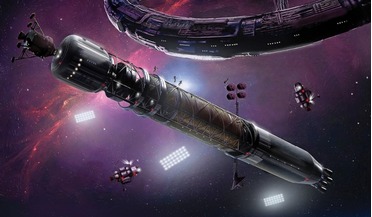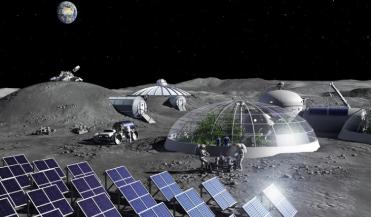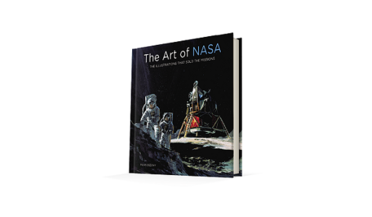 January 2019
Saving humanity – is space up to the job?
January 2019
Saving humanity – is space up to the job?
... that include oceans of water and many other vital resources. Space shields, space colonies, space-based clean energy systems, macro-engineering projects in space and much more are possible. We can also do much more than what is now known...
 January 2018
Cosmic cocktails and galactic moonshine
January 2018
Cosmic cocktails and galactic moonshine
... a huge amount of otherwise edible food to make a small amount of alcohol. So, while it would certainly be a produced item in future space colonies, it wouldn’t come about until they had a very plentiful food production capability.” Science fiction...
 February 2019
The challenge of procreation for future off-world settlers
February 2019
The challenge of procreation for future off-world settlers
... for the equivalent of 1g it would be necessary to spin a 1 km diameter space station at about 99 m/s (360 kph). This might be fine for a large space station but would be impractical for a space colony on another planetary body. High speed living One...
 September 2017
Space nation set to mark its presence in orbit
September 2017
Space nation set to mark its presence in orbit
... our eternal questioning of how humanity will live and work in space. We’re excited about its future.” An imaginative interior of an orbiting space colony as visualised for the space-based nation Asgardia. Asgardia partnered with NanoRacks, a leading...
 October 2023
The multidisciplinary world of space habitation design
October 2023
The multidisciplinary world of space habitation design
...-oriented design. Eytan Tepper et al research the governance needed in a developing space environment inhabited by humans, and the role private corporations play in establishing space colonies and their laws and rules. Similar to historic constructs...
 16 January 2022
The Art of NASA
16 January 2022
The Art of NASA
... note the fact that, in the early days of the Space Age, most televisions and newspapers were ‘black and white’, ... look like, let alone the concepts for space colonies and starships. This is not a book on ‘space art’ per se, and readers will need ...